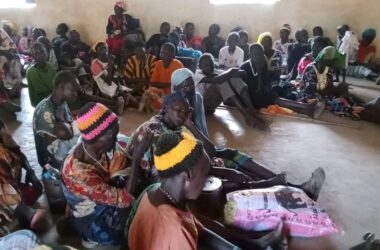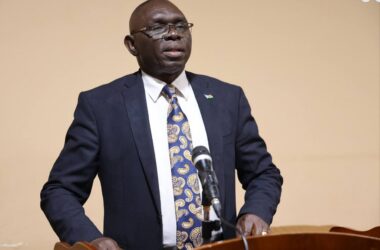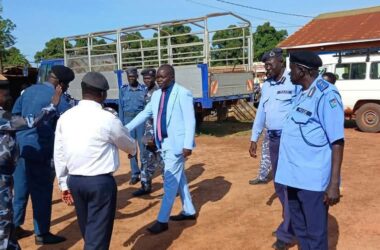By Gladys Kole
The chairperson of National Bureau of Statistics (NBS), Isaiah Chol Aruai has come out to clarify the purpose of the Population Estimation Survey report (PES) figures released recently saying it won’t be used for the 2024 election but rather for proper planning and development purpose.
Last week the government through national bureau of statistics and development partners launched the country’s population survey dabbed “South Sudan 2021 Population Estimation Survey report” which put the current population figures in the country minus refuges at over 12 million people.
According to the 2021 PES report, 12,444,081 people were estimated in South Sudan’s population estimation survey with Warrap state having the largest population in the country leading with 2.6 million estimates meanwhile, Abyei Administrative Area has the smallest population estimate of 133,958.
The population survey 2021 was conducted by the NBS with support from partners in between the period May to June 2021 in the selected areas all over the ten states and three administrative area based on the satellite imagery.
Upon release of the PES report, the South Sudan election commission (SSNEC) chairperson, Abednego Akok however stated that the country is most likely to conduct the forthcoming elections without census due to the fact that the roadmap implementation is being impacted by number of challenges.
Akok then suggested that the 2008 Sudan population and housing census might be used to conduct the elections.
“One of the ways to conduct elections is to use the 2008 Census which was done during Sudan time because resources currently are not available. If the revitalized peace agreement is implemented in time, there may be chance to conduct elections,” Akok said.
Meanwhile, NBS chairperson, Isaiah Chol told journalists during a press briefing yesterday that the survey is meant to provide accurate population estimates and other demographic and socio-economic characteristics of the inhabitants as well as to be used for development planning, decision making and provision of services.
He said “This figure cannot be used for elections. They can only be used for policy formulation and planning for service delivery”.
The PES included internally displaced persons and excluded south Sudanese refugees as well as foreign refugees inside South Sudan.
The estimates also indicate that there are 6,582,929 (52.9%) females and 5,861,089 (47.1%) males.
The population estimation survey indicates the South Sudan has a young population of 70.6% under the age population of 30 years old; working age population 15-64 at 52.2% and non-working age population 0-14 and 65 and above constituting 47.7%
This sex and age structure implies that South Sudan needs to make more investments in building productive skills of women and young people if the country is to benefit from the demographic dividends.
Both the National Election Commission (NEC) and the National Bureau of Statistics (NBS) have casted doubts over the conduct of population and housing census which is the key requirement for the conduct of free, fair and credible Democratic elections in December 2024 as the unity government race is against time to complete implementation of revitalized peace agreement roadmap.




